The emergence of 3D printing technology has introduced a new realm of possibilities for college students, especially those living in dormitories. This innovative tool allows for the creation of custom objects, tools for study, and personalized art projects right from the comfort of their dorm rooms. The ability to print almost anything fosters a culture of creativity and self-expression among students, making it a popular addition to college life.
In the midst of busy schedules filled with studying, assignments, and extracurricular activities, students often seek efficient solutions to manage their time. Some might consider using a professional paper writer for their academic needs. While such services can be helpful, the advent of 3D printing offers a unique opportunity for students to engage in creative problem-solving and practical learning, a valuable skill set in both academic and personal development.
Understanding 3D Printing in a Dorm Setting
The Basics of 3D Printing Technology
3D printing, also known as additive manufacturing, is a fascinating technology that allows for the creation of three-dimensional objects from a digital file. This innovative process involves the precise layering of materials such as plastic, resin, or metal, building them up layer by layer to form a complete object. For college students, this translates into a versatile capability that ranges from developing intricate prototype models for their academic assignments to creating personalized decorations and utilities for their dorm rooms. This ability to transform digital designs into physical objects provides a hands-on approach to learning and creativity, making 3D printing a valuable asset in educational settings.
The Rise of 3D Printing in College Life
The growing accessibility and affordability of 3D printers have led to their increasing presence in college dormitories. Students, especially those majoring in engineering, design, and art, find 3D printing to be an invaluable tool for materializing their creative ideas and academic projects. The use of this technology, however, is not confined to these areas of study. Students from a wide range of disciplines are discovering the immense potential of 3D printing, utilizing it for both educational purposes and personal endeavors. This trend highlights the technology’s versatility and its ability to cater to a diverse set of needs and interests within the college community.
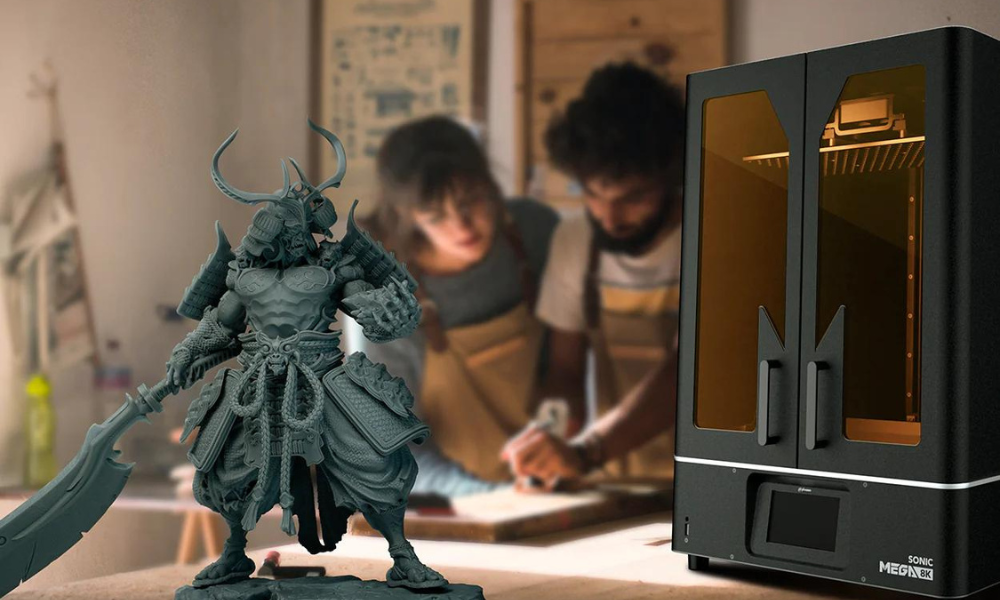
Balancing Creativity with Safety
While 3D printing presents remarkable opportunities for learning, innovation, and personal expression, it is not without its safety concerns. The process involves heating materials to high temperatures to mold them into desired shapes. This can lead to the emission of potentially harmful fumes, especially when using certain types of plastics like ABS (Acrylonitrile Butadiene Styrene). Moreover, the high temperatures used in the printing process pose risks such as burns or even fire hazards if the printer is not handled with care and proper safety measures.
Safety Measures for Dorm Room Printing
When it comes to 3D printing in the confined space of a dorm room, safety should be a top priority. Key measures include:
Ventilation: Ensuring good air circulation in the printing area to mitigate the risk from fumes.
Fire Safety: Keeping essential fire safety equipment, such as smoke detectors and fire extinguishers, within easy reach.
Material Choice: Opting for safer printing materials like PLA (Polylactic Acid) instead of more hazardous ones like ABS.
Setting Guidelines on Campus
Colleges and universities have a significant role to play in ensuring the safe practice of 3D printing on their campuses. They can achieve this by establishing clear guidelines regarding the use of 3D printers in dormitories. These guidelines might include specifying which materials are safe to use, providing necessary safety training to students, and regularly inspecting the equipment for any potential hazards.
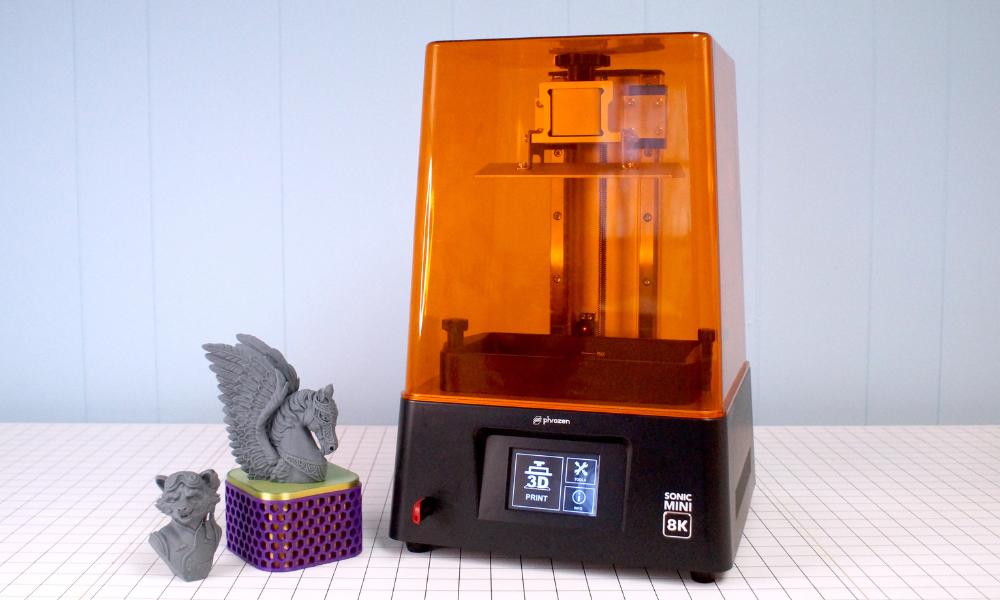
Best Practices for 3D Printing in Dorms
Choosing the Right Printer
Selecting the appropriate 3D printer for dorm use is a decision that impacts not just the user but also their immediate environment. Key considerations include the printer’s size, ensuring it fits comfortably in the limited space typical of dorm rooms. Safety features, such as enclosed printing areas, are crucial for minimizing risks like accidental burns or fire hazards and safeguarding the user and others nearby. Additionally, opting for a printer with lower noise levels is not only considerate but essential to maintaining a peaceful living environment. This consideration is vital for respecting the comfort and study needs of roommates and neighboring students, promoting a harmonious dormitory life while fostering a creative and innovative atmosphere.
Responsible Use and Maintenance
Maintaining a 3D printer in good working condition is essential for both safety and efficiency. Regular maintenance tasks include cleaning the printer, inspecting for wear and tear, and keeping the software updated. Responsible use is equally important. This includes supervising the printing process, avoiding leaving the printer operating unattended, and using the printer in accordance with college policies and safety guidelines.
Ethical Considerations and Campus Policies
Ethical considerations are an integral aspect of using 3D printing technology. Students must be mindful of intellectual property rights, ensuring they do not infringe upon the creative works of others. Additionally, they should avoid printing prohibited items or materials that contravene campus regulations. Adherence to campus policies regarding 3D printing is essential to maintain a safe and respectful academic environment, ensuring that this innovative technology is used responsibly and ethically within the college community.
3D printing in college dorms represents a unique blend of creativity, innovation, and practical learning. While it offers students the chance to bring their ideas to life, it’s crucial to balance this with safety and responsibility. By following best practices and adhering to campus guidelines, students can safely and effectively integrate 3D printing into their college experience. For those seeking academic support outside of their creative endeavors, the best paper writing service can provide additional assistance, complementing their educational journey with professional guidance. As 3D printing technology continues to evolve, it remains an invaluable tool in the educational toolkit of modern students, fostering a culture of innovation and hands-on learning on college campuses.

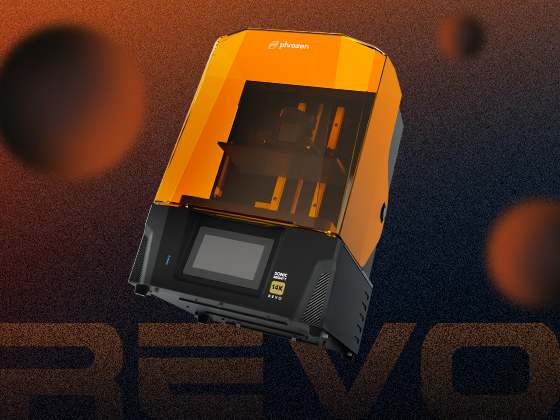
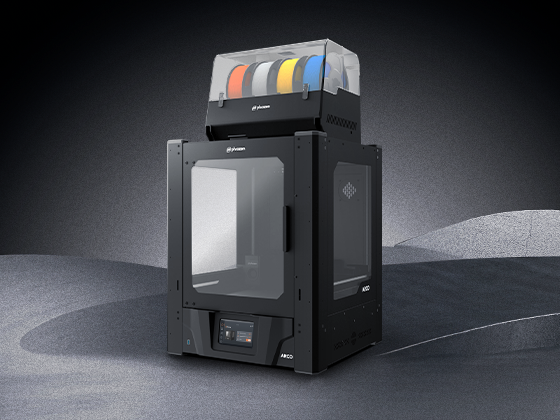


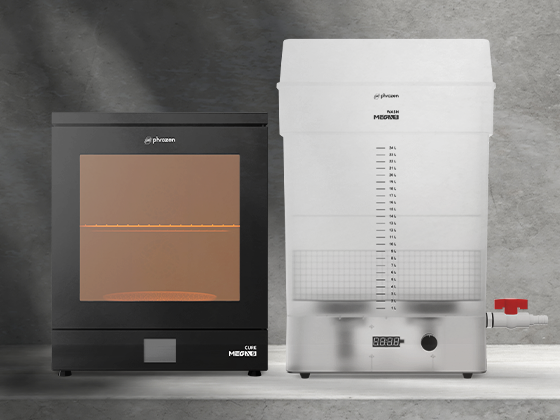
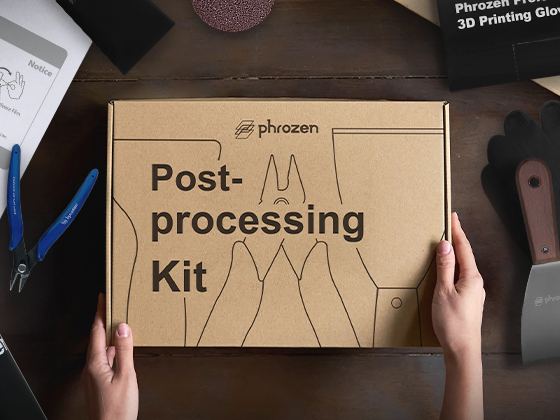
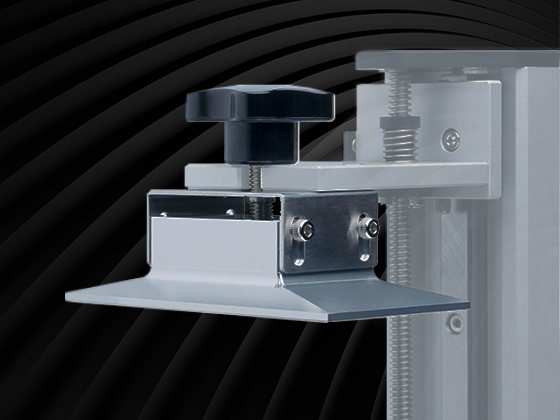
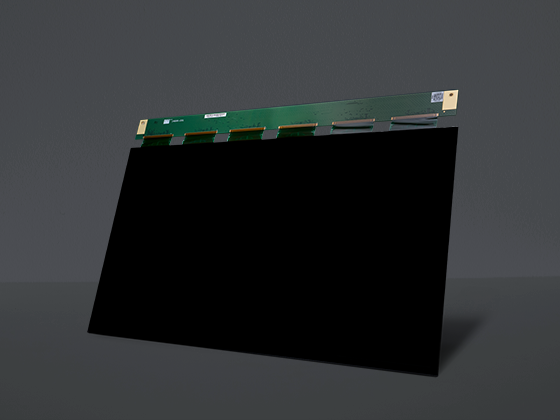
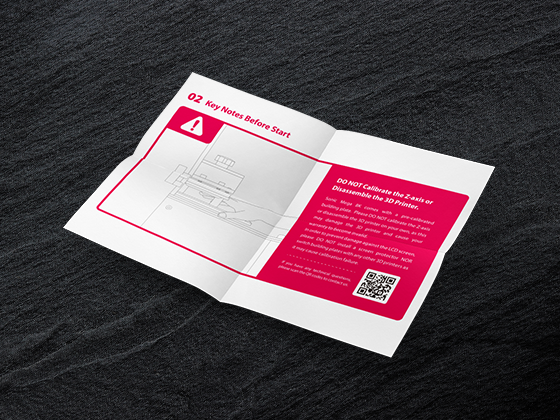
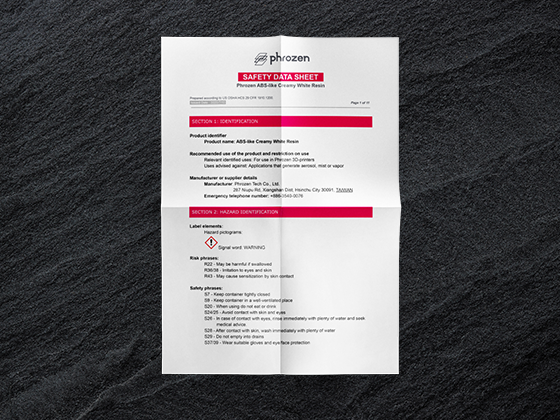
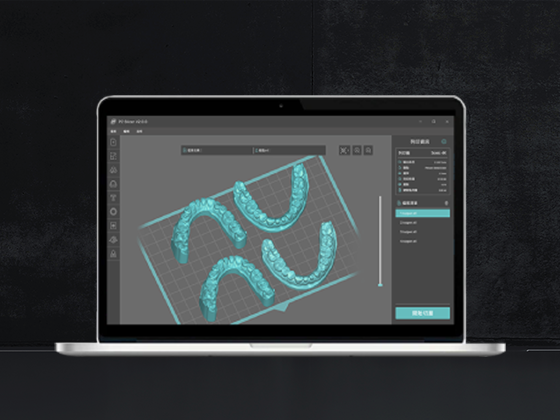

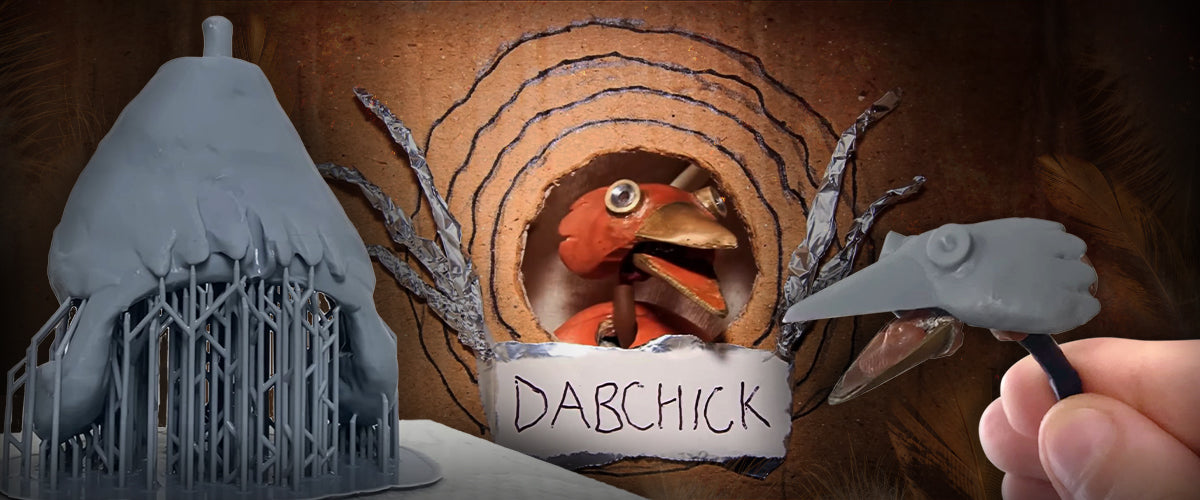
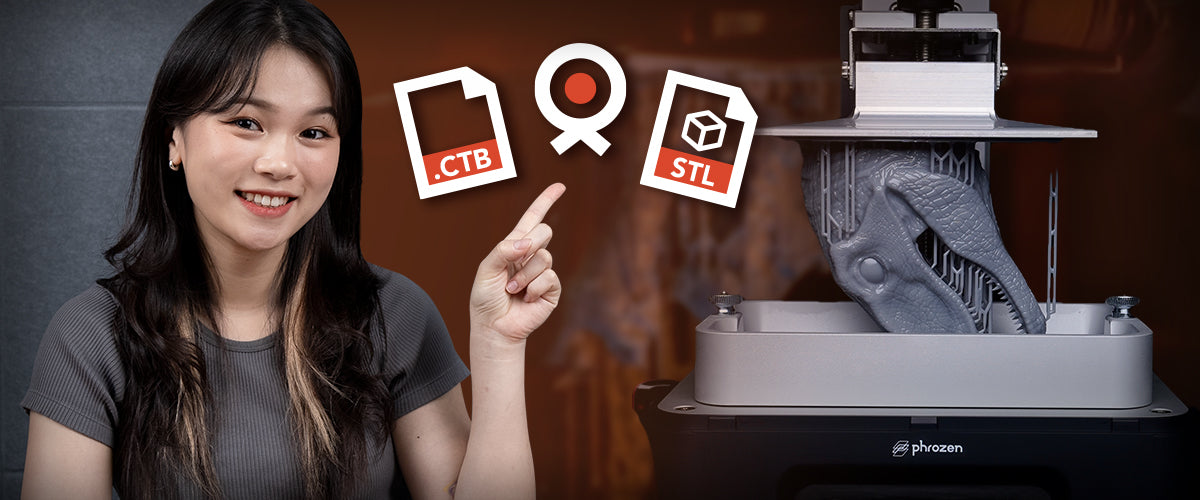
1 comment
Aliana Martin
Thanks for sharing this post with us.
Thanks for sharing this post with us.